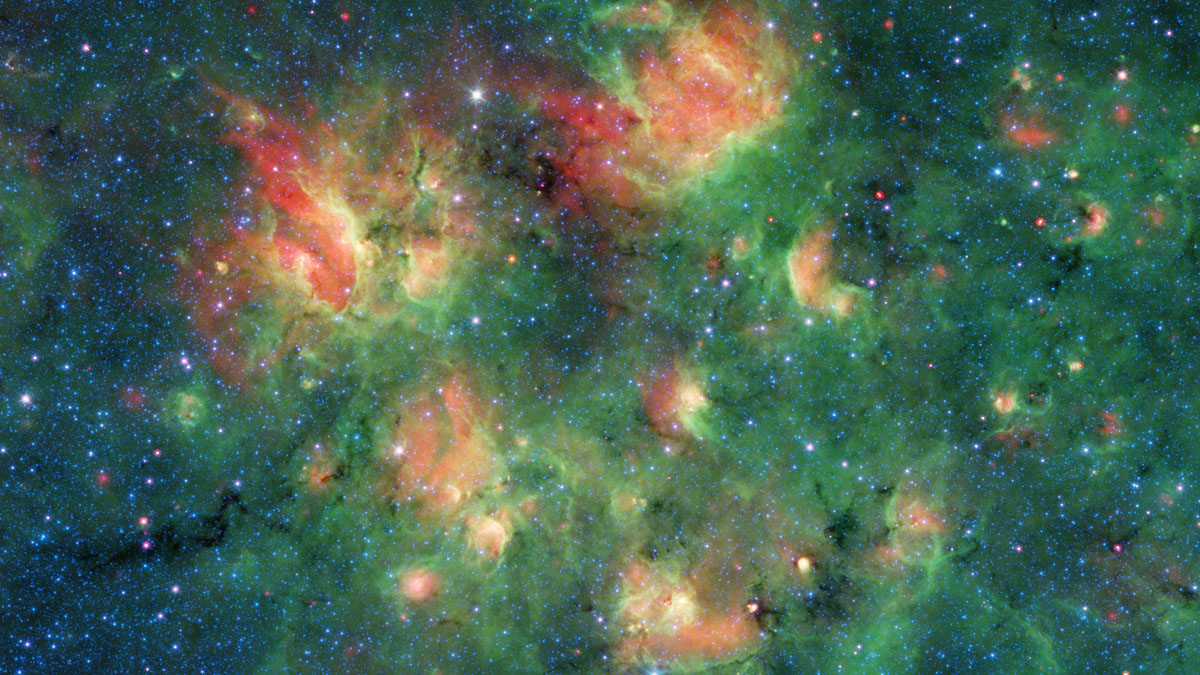 Mountain View, CA – Galaxies contain millions of stars, and they grow by pulling in gas to make even more. How gases ebb and flow between galaxies and their surroundings is an essential question that NASA’s supercomputers are helping to answer.
Mountain View, CA – Galaxies contain millions of stars, and they grow by pulling in gas to make even more. How gases ebb and flow between galaxies and their surroundings is an essential question that NASA’s supercomputers are helping to answer.
Galaxies are constantly pulling in new gas that forms new generations of stars. As these stars evolve and eventually die, they often explode as supernovae – ejecting gas filled with new chemical elements back into intergalactic space. In this way, the gases between galaxies serve as a reservoir of recycled material that’s available to create new stars.
Unlike bright galaxies that emit plenty of light for us to observe, it’s far more difficult to see the dark gases in the unlit corners of the cosmos.
One way to do this is by finding bright sources of light – such as other galaxies – and measuring how these gases absorb that light, to get a glimpse of what’s in these hidden areas.
Scientists use such “cosmic lighthouses” to illuminate this cosmic fog rolling in from the dark “oceans” between galaxies.
Interpreting data from observations of these wisps of gas is very difficult. The data that scientists gather needs to be paired with complex computer simulations of both the gas and the galaxies. Using the Pleiades supercomputer at the NASA Advanced Supercomputing facility at NASA’s Ames Research Center in California’s Silicon Valley, scientists have carried out such simulations. Then they matched them up carefully with observations from NASA’s Hubble Space Telescope to extrapolate the properties of the gas hidden between galaxies.
The results tell us that this space is far from empty. It has complex structures made of churning, turbulent gases and small clouds, as well as extreme temperatures.
Light is one of our few tools to directly observe the cosmos, but combined with scientific ingenuity and supercomputing, we can uncover so much more.



